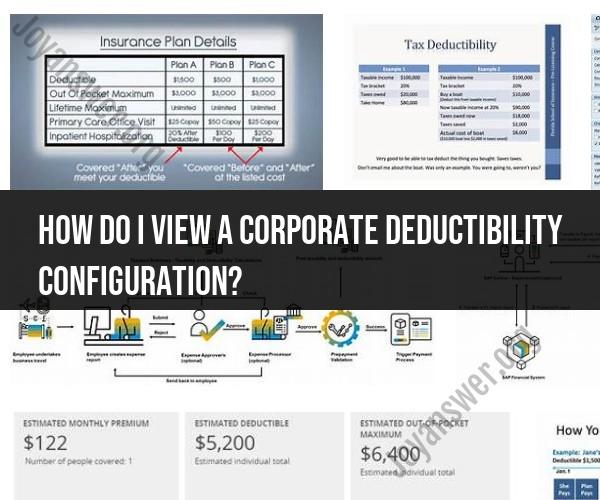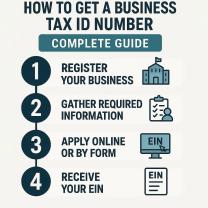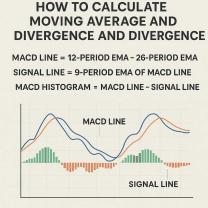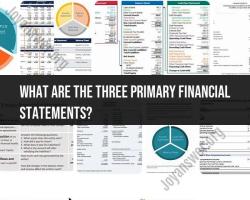How do I view a corporate deductibility configuration?
Viewing a corporate deductibility configuration typically involves accessing and navigating within your financial software or accounting system. The exact steps may vary depending on the software you are using, but here are some general guidelines on how to view corporate deductibility configurations:
Log In to Your Financial Software: Start by logging in to your financial software or accounting system using your credentials. You need appropriate permissions to access configuration settings.
Access Configuration Settings:
- In most financial software, deductibility configurations are part of the tax or accounting settings. Look for an option like "Tax Settings," "Accounting Settings," or "Configuration."
- Some software may have a dedicated section for tax-related settings, where you can find corporate deductibility settings.
Navigate to Deductibility Configuration:
- Once you are in the settings or configuration section, navigate to the specific area related to corporate deductibility. This may be labeled as "Deductibility Configuration," "Tax Deductions," or something similar.
- Depending on the software, you may also need to select the tax year or jurisdiction for which you want to view the configuration.
View or Edit Deductibility Rules:
- Within the deductibility configuration section, you should see a list of deductibility rules or settings. These rules define which expenses are deductible for tax purposes and under what conditions.
- Review the deductibility rules to understand which expenses qualify for deductions, any limitations or thresholds, and the tax codes associated with each rule.
Edit or Customize Settings (if necessary):
- If you have the appropriate permissions and need to make changes to the deductibility configuration, you can typically edit or customize the settings within this section.
- Be cautious when making changes, as incorrect deductibility settings can impact your tax compliance.
Save Changes:
- If you make any changes to the deductibility configuration, be sure to save your changes as per the instructions provided by your financial software.
Document Changes:
- It's a good practice to document any changes you make to the deductibility configuration for future reference and compliance audits.
Exit Configuration Settings: After viewing or editing the deductibility configuration, exit the configuration settings or tax settings section of your financial software.
Verify Accuracy:
- Before finalizing any financial reports or tax filings, it's essential to verify that the deductibility configuration accurately reflects your company's tax compliance requirements and financial transactions.
Please note that the specific steps and terminology may vary depending on the financial software you are using. If you encounter any difficulties or have questions about your corporate deductibility configuration, consider reaching out to your software provider's customer support or consulting with a financial or tax professional for guidance.













